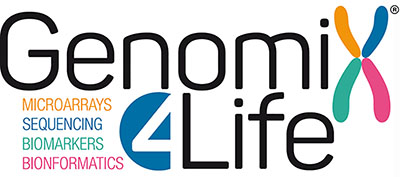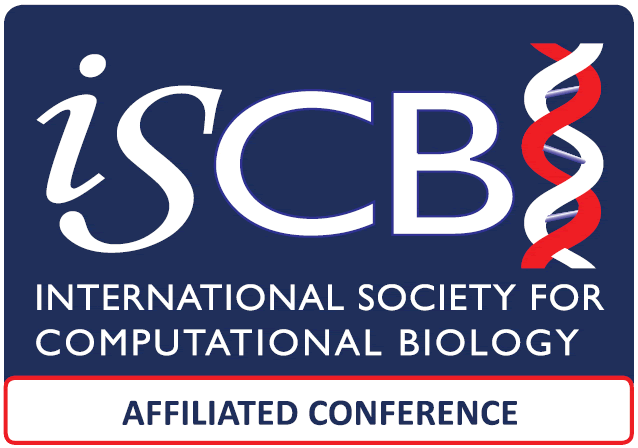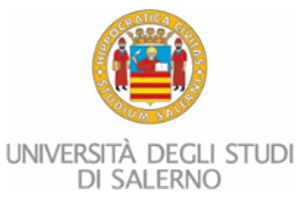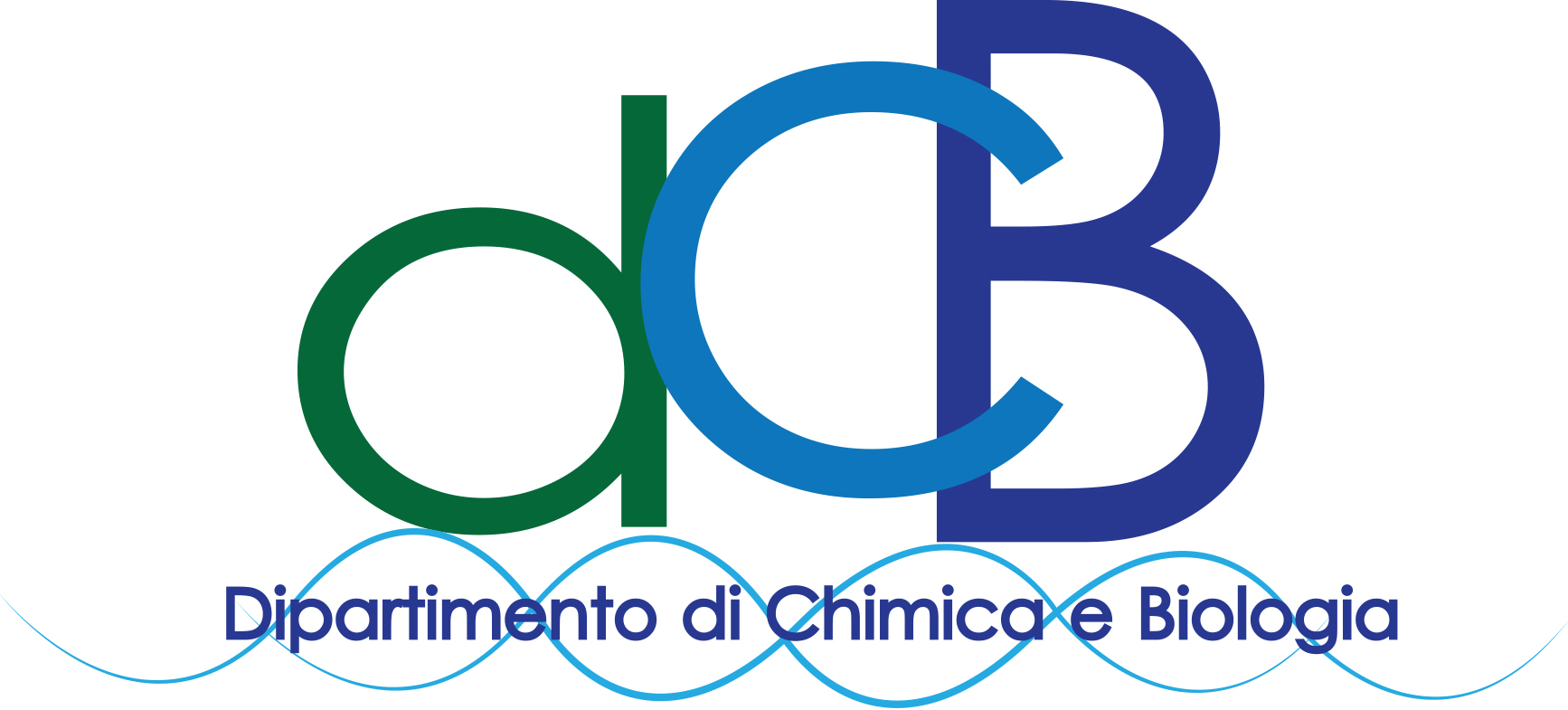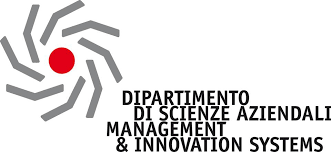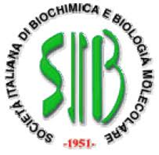Keynote speakers
 Davide Cacchiarelli |
 Martin Eisenacher |
 Artemis Hatzigeorgiou |
 Oliver Kohlbacher |
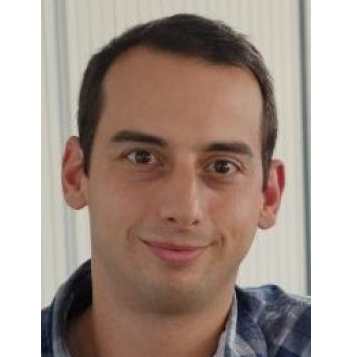 Lennart Martens |
 Juan Antonio Vizcaino |
 Davide Cacchiarelli, Telethon Institute of Genetics and Medicine, Naples, Italy.
Davide Cacchiarelli grew up in Rome where he carried out his undergraduate studies in Biotechnology and Biology. He obtained a Master Degree and a Doctorate Degree in Genetics and Molecular Biology from SAPIENZA – University of Rome, working on mechanisms of RNA regulation. In 2011 he moved to The Broad Institute of MIT and Harvard and The Department of Stem Cell and Regenerative Biology at Harvard University to focus his research on the rules governing cell fate transitions and reprogramming using genomic approaches.
He returned to Italy in 2017 thanks to the Armenise-Harvard Foundation Career Development Award and now he leads a young research group focused on understanding the dynamics of cell fate decisions at TIGEM, the Telethon Institute of Genetics and Medicine in Naples. His work aims to identify the mechanisms controlling cell fate decisions during cellular differentiation, conversion and reprogramming, and how such processed are affected by genetic mutations of key regulatory proteins including transcription factors. To achieve this goal he proposes to integrate descriptive, functional and single cell genomics to dissect how genetic elements and their variants impinge on the temporal and spatial control of gene expression. Understanding transcription factors through quantitative biology
|
|
 Martin Eisenacher, Medizinisches Proteom-Center (MPC), Ruhr-Universität Bochum, Germany.
Martin Eisenacher is the leader of the “Medical Bioinformatics” department at the Medizinisches Proteom-Center, Ruhr-Universität Bochum, since 2015.
Since 2014, he is consortium speaker and project leader of several running projects funded by BMBF, Federal Ministry for Research and Innovation, Deutsche Gesetzliche Unfallversicheung (DGUV) and consortium speaker of the service center “Bioinformatics for Proteomics – BioInfra.Prot” within the BMBF funded “German Network for Bioinformatics Infrastructure – de.NBI”. In 2014, he got his Habilitation (German qualification for higher education) in the medical faculty, at Ruhr-Universität Bochum, with a cumulative habilitation thesis on “Standard data formats, algorithms and analysis strategies for the bioinformatics of proteomics” and had his Habilitation colloquium at the faculty council on “Big data – chances and risks of personalised medicine“. Since 2006, is has been project leader and coordinator of several finished projects funded by EU, BMBF, Federal Ministry for Research and Innovation, Deutsche Gesetzliche Unfallversicheung (DGUV), Cluster Industrielle Biotechnologie (CLIB), medical faculty RUB (FoRUM). Bioinformatics tools and analyses in Proteomics |
|
 Artemis Hatzigeorgiou, DIANA-Lab, Hellenic Pasteur Institute / Department of Electrical and Computer Engineering, University of Thessaly, Greece.
Artemis Hatzigeorgiou is Principal Investigator at the B.S.R.C. “Alexander Fleming” and adjunct assistant Professor at the Department of Computer and Information Science at the University of Pennsylvania.
She received an MS in Computer Science from the University of Stuttgart and a PhD in Molecular Biology from the University of Jena in 2001. In the same year, she joined the University of Pennsylvania as assistant professor of bioinformatics with a joined appointment at the Department of Genetics, Medical School and the Department of Computer and Information Science at the Engineering School. In 2007, she joined as Principal Investigator the Institute of Molecular Oncology at the B.S.R.C. “Alexander Fleming” and she was elected adjunct professor at the Computer and Information Science department of the University of Pennsylvania. Artemis Hatzigeorgiou received in 2003 the “Early Carrier Award” from the National Science Foundation of the USA. She is co-author of the Stuttgart Neural Network Simulator (SNNS), a world-wide used open-source software for the simulation of Artificial Neural Networks. In 2003 she developed DIANA-microT, one of the first published microRNA target prediction programs. She has published in top tier journals as Nature, Science, PNAS, AJHG and G&D and has served as a panelist for NSF and the National Institute of Health of the USA. In 1996, she has been a co-founder of the computer science company Synaptic, Ltd, located at Herakleion, Crete. Exploring the coding and non-coding miRNA targetome |
|
 Oliver Kohlbacher, University of Tuebingen, Germany.
Oliver Kohlbacher is a professor for applied and translation bioinformatics at University of Tübingen and the University Hospital Tübingen as well as a fellow at the Max Planck Institute for Developmental Biology. His groups are currently focusing on research in computational mass spectrometry, structural bioinformatics, translational bioinformatics, and medical informatics.
Cross-linking for all: XL-MS for protein-protein, protein-DNA, and protein-RNA interactions |
|
 Lennart Martens, VIB, University of Gent, Belgium.
Lennart Martens is Full Professor of Systems Biology at Ghent University, group leader of the Computational Omics and Systems Biology (CompOmics) group at VIB, and Associate Director of the VIB-UGent Center for Medical Biotechnology, all in Ghent, Belgium.
He has been working in proteomics bioinformatics since his Master’s degree, which focused on the computational interpretation of peptide mass spectra. He then worked as a software developer and framework architect for a software company for a few years, before returning to Ghent University to pursue a Ph.D. focused on proteomics and proteomics informatics. During this time, he worked on the development of high-throughput peptide centric proteomics techniques and on bioinformatics tools to support these new approaches. In 2003 he started the PRIDE proteomics database at EMBL-EBI as a Marie Curie fellow of the European Commission. After obtaining his Ph.D., he rejoined the PRIDE group at EBI, which he coordinated for several years before moving back to Ghent University to take up his current position. Prof. Martens has been elected to the Human Proteome Organisation (HUPO) Council, served on the HUPO Executive Board, and is the current Vice-President of the European Proteomics Association. He received the 2014 Prometheus Award for Research Excellence from Ghent University, and the 2015 ‘Juan Pablo Albar’ Proteomics Pioneer Award from the European Proteomics Association. An author on more than 230 peer-reviewed papers, he has also co-written two popular Wiley textbooks on computational mass spectrometry proteomics. To boldly go: uncovering protein post-translational modifications at the proteome scale |
|
 Juan Antonio Vizcaíno, EMBL-European Bioinformatics Institute (EMBL-EBI) Hinxton, Cambridge, United Kingdom.
Juan Antonio Vizcaíno is the Proteomics Team Leader at the EMBL-European Bioinformatics Institute (EMBL-EBI, Cambridge, UK). His team is responsible of the development of the PRIDE database, the world-leading public repository for mass spectrometry proteomics data (http://www.ebi.ac.uk/pride). In addition, he is coordinating the ProteomeXchange Consortium, aiming to standardize data submission and dissemination in proteomics resources worldwide. He has also heavily contributed to the development of proteomics data standard formats (mzIdentML, mzQuantML, mzTab, proBed, proBAM) and related software, and has participated in the development of several data deposition (e.g. PX submission tool) and visualization (PRIDE Inspector) stand-alone tools. Furthermore, he coordinated the development of the two iterations of the “PRIDE Cluster” spectral clustering algorithm and have participated in the maintenance and refinement of other widely-used bioinformatics services. He actively promotes open data policies in the proteomics field.
He has been the leading author of high impact publications in Nature Biotechnology, Nature Methods, Nucleic Acids Research, Genome Biology and Molecular and Cellular Proteomics, among other journals. Overall, he has published >110 articles with >9,700 citations (h-index=41, Google Scholar), largely in computational mass spectrometry and bioinformatics. Originally, he earned undergraduate degrees in Pharmacy and in Biochemistry, a Masters’ degree in Microbiology, and a doctoral degree in Molecular Biology from the University of Salamanca, Spain. “Big data” approaches in proteomics: Re-use of public proteomics datasets |
